
Baking Soda is a Gardener’s Best Friend: 10 Clever Uses in the Garden
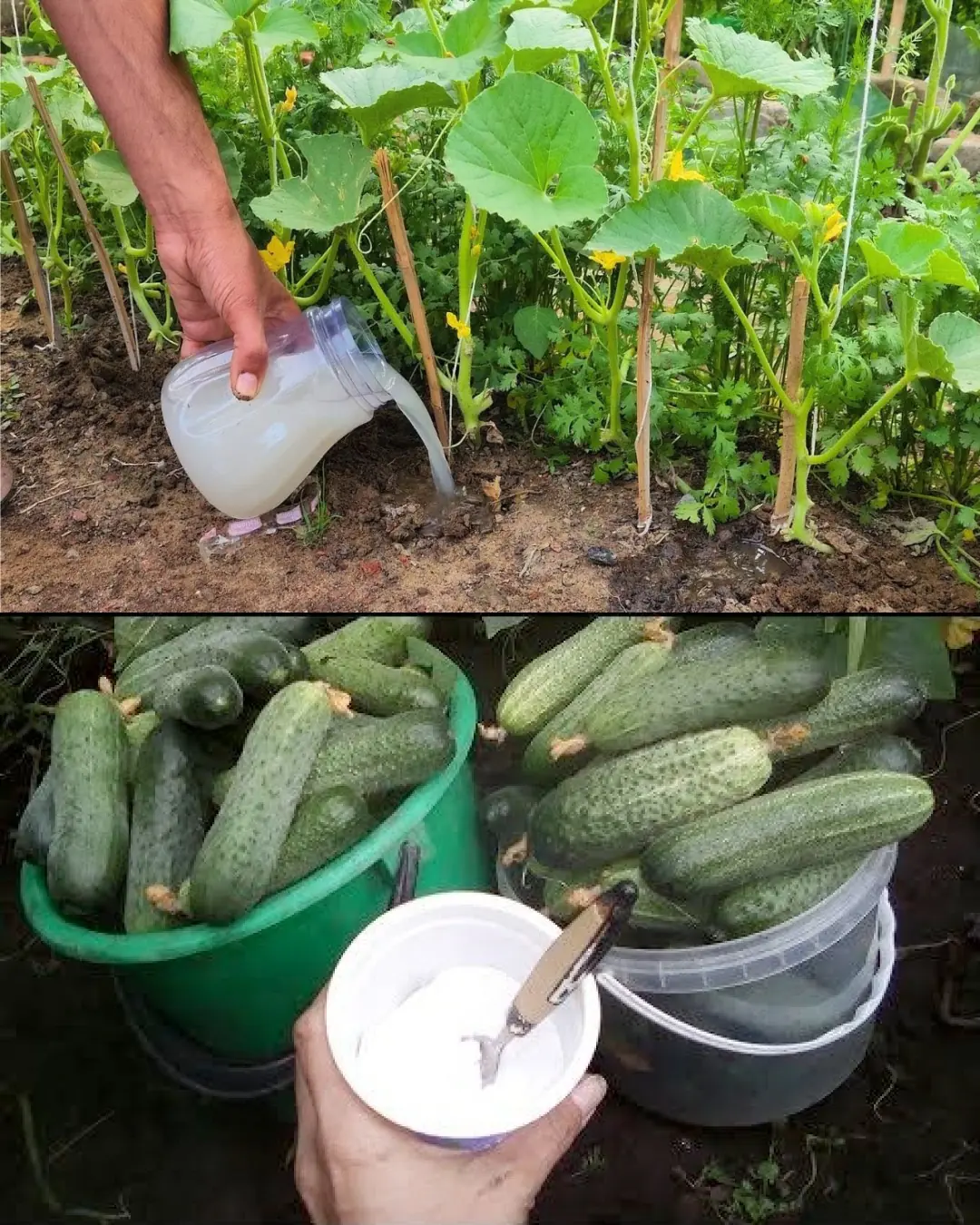
Baking soda, also known as sodium bicarbonate, is not only a household staple for cooking and cleaning but also a versatile and eco-friendly tool in gardening. Its natural properties make it an excellent agent for pest control, soil improvement, and plant health. If you’re a gardener looking for affordable, safe, and effective solutions, baking soda should be your go-to companion.
Here are 10 clever ways to use baking soda in your garden:
1. Natural Fungicide to Prevent Powdery Mildew
Powdery mildew is a common fungal disease that affects many plants, causing white powdery spots on leaves and stems. Baking soda creates an alkaline environment that fungi dislike.
How to use: Mix 1 tablespoon of baking soda, 1 teaspoon of mild liquid soap, and 1 gallon of water. Spray this solution on affected plants every 7-14 days to keep mildew at bay.
2. Pest Deterrent for Aphids and Ants
Baking soda can discourage soft-bodied pests like aphids and ants from invading your plants without harmful chemicals.
How to use: Sprinkle baking soda lightly around the base of plants or along ant trails. You can also mix a solution to spray directly on pests.
3. Soil pH Balancer
If your soil is too acidic, baking soda can help raise the pH level to make it more alkaline and favorable for many plants.
How to use: Dissolve 1 teaspoon of baking soda in 1 quart of water and apply to the soil. Test your soil regularly to avoid over-alkalizing.
4. Cleaner for Garden Tools
Dirty tools can transfer diseases between plants. Baking soda is great for cleaning and disinfecting your gardening tools.
How to use: Make a paste with baking soda and water, scrub your tools, rinse thoroughly, and dry.
5. Deodorize Compost Bins
Compost piles sometimes emit unpleasant odors. Baking soda neutralizes these smells effectively.
How to use: Sprinkle a thin layer of baking soda over your compost pile regularly to keep it smelling fresh.
6. Protect Plants from Late Blight
Late blight can devastate tomatoes and potatoes. Baking soda sprays may reduce the severity of this disease.
How to use: Use the same fungicide mixture as for powdery mildew and spray early and often during the growing season.
7. Weed Control Aid
While baking soda won’t kill tough weeds, it can be used as a natural herbicide for small weed patches, especially on driveways or walkways.
How to use: Sprinkle baking soda directly onto weeds in cracks and crevices and water lightly.
8. Improve Seed Germination
Baking soda can improve seed germination rates by softening seed coats.
How to use: Soak seeds in a mild baking soda solution (1 teaspoon per cup of water) for a few hours before planting.
9. Boost Your Garden Compost
Adding baking soda to compost can help balance pH and speed up decomposition.
How to use: Add a small amount (1 tablespoon per 10 gallons) to your compost pile occasionally.
10. Repel Cats from Garden Beds
Cats can damage garden plants and dig up soil. Baking soda acts as a mild deterrent.
How to use: Sprinkle baking soda lightly around the garden bed perimeter where cats frequent.
Final Tips
-
Always test baking soda solutions on a small area of plants first to check for sensitivity.
-
Avoid overuse, as excess baking soda can harm soil microbes and plants.
-
Combine baking soda with other natural gardening methods for best results.
Baking soda is an inexpensive, eco-friendly, and multi-purpose ally in the garden. With these clever uses, you can promote healthy plants, reduce chemical usage, and keep your garden thriving naturally!
News in the same category

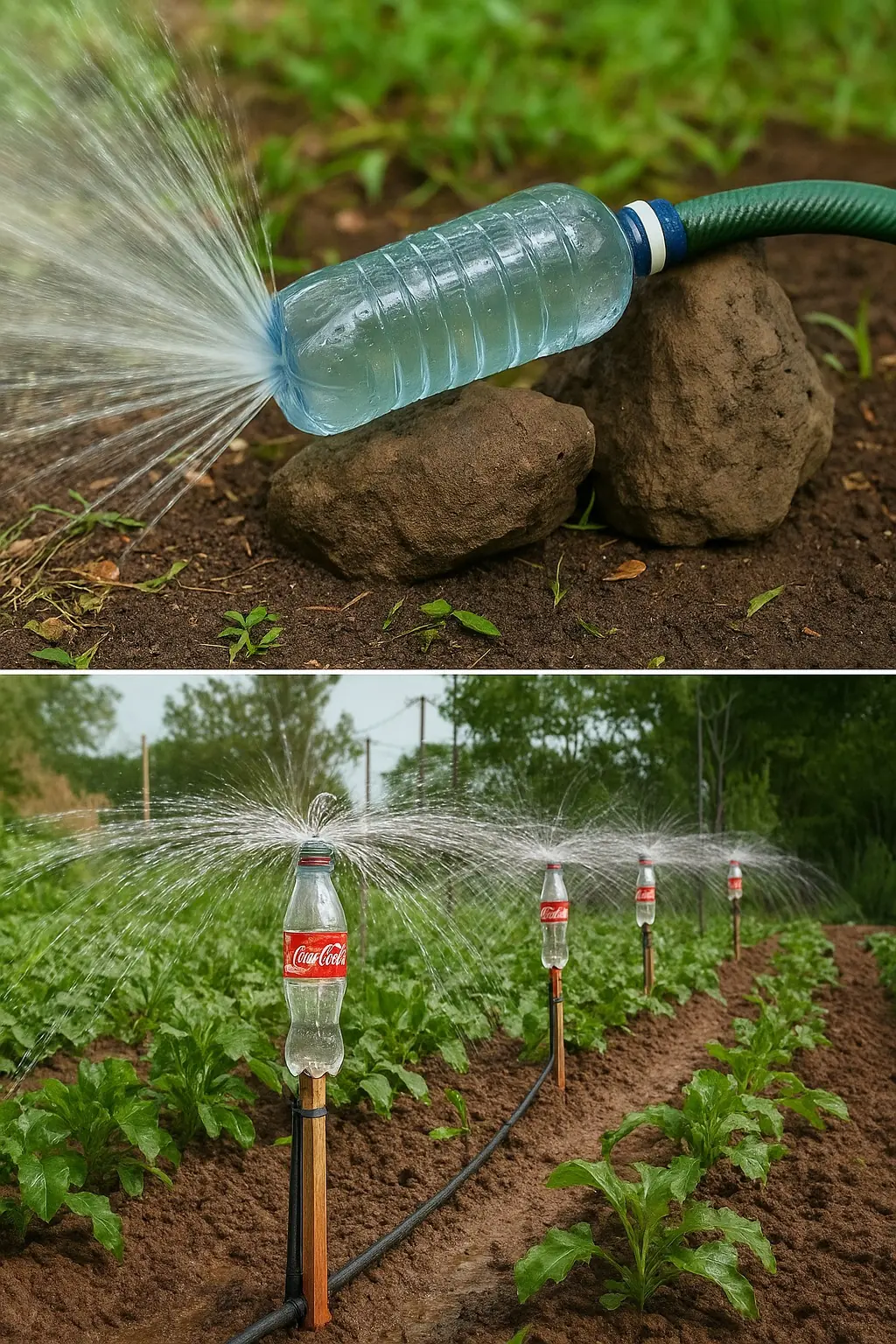
DIY Garden Sprinkler: Easy and Affordable Watering Solution Using Plastic Bottles

A Christmas Dream, and How It Came to Be True
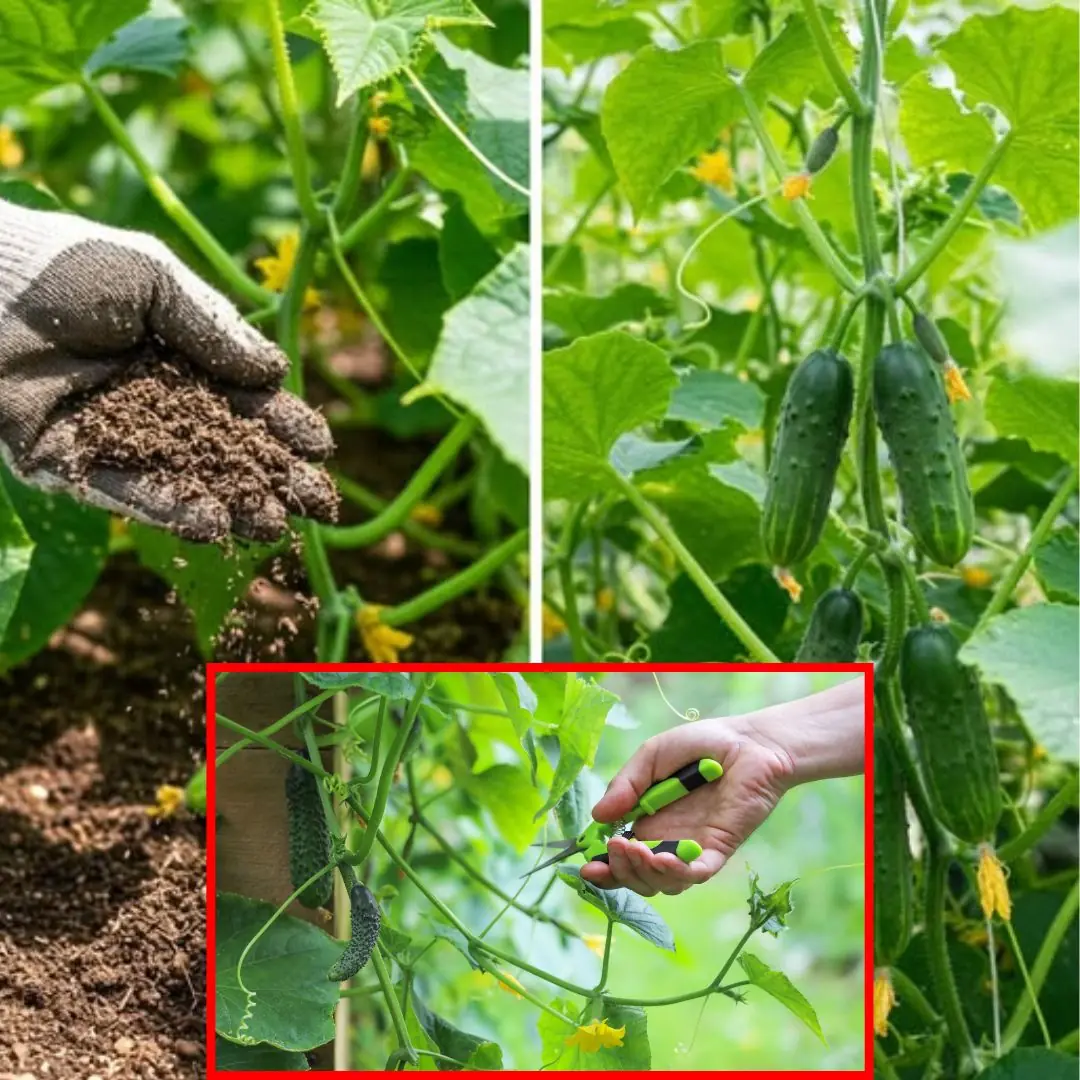
Learn How To Grow Cucumbers This Summer
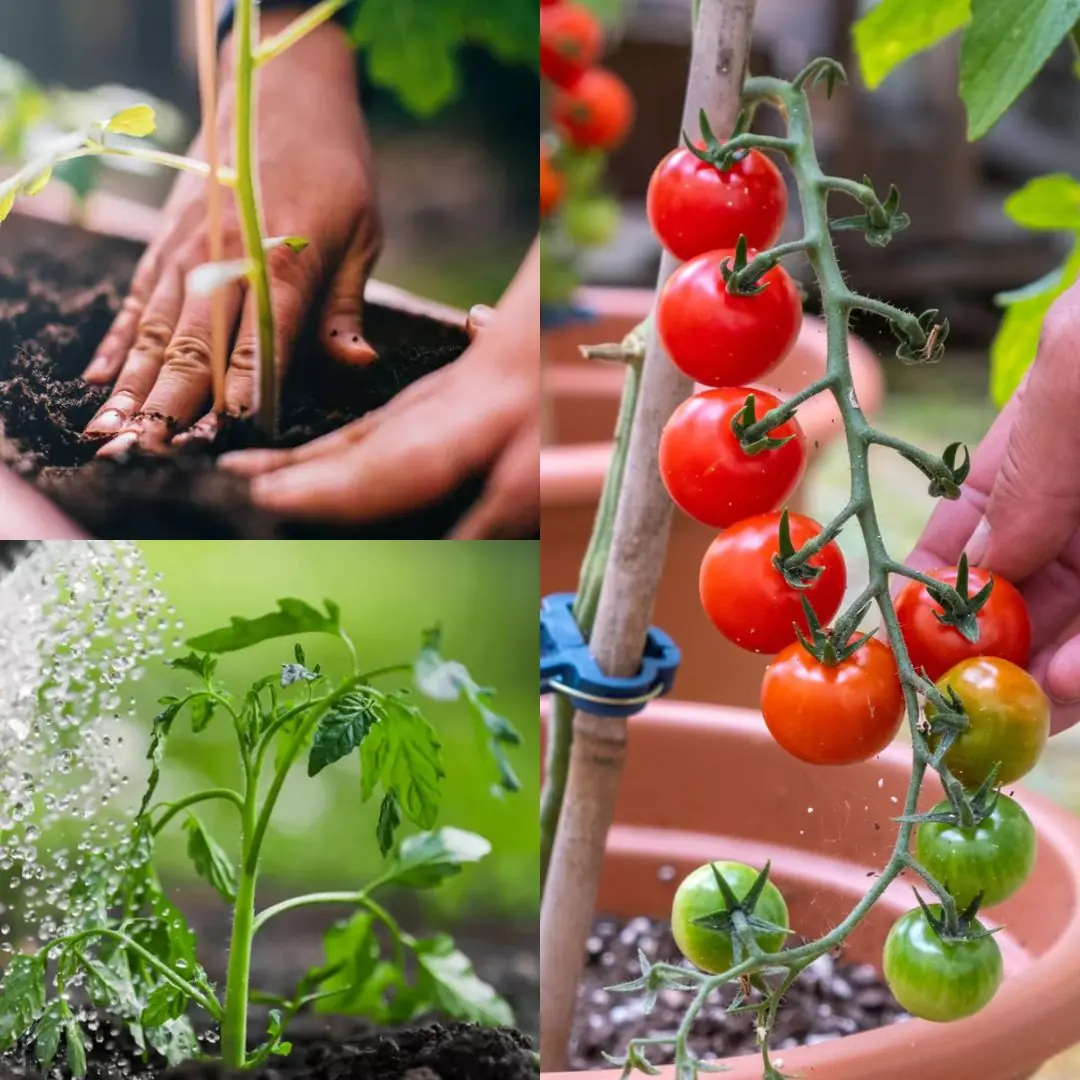
13 Best Tips for Planting and Growing Great Tomatoes

The Storyteller

The Open Window

Christmas Jenny

Asleep in Armageddon

A man whose body never showed any abnormal signs, only had a slight pain for 3 months and was diagnosed with two can.cers
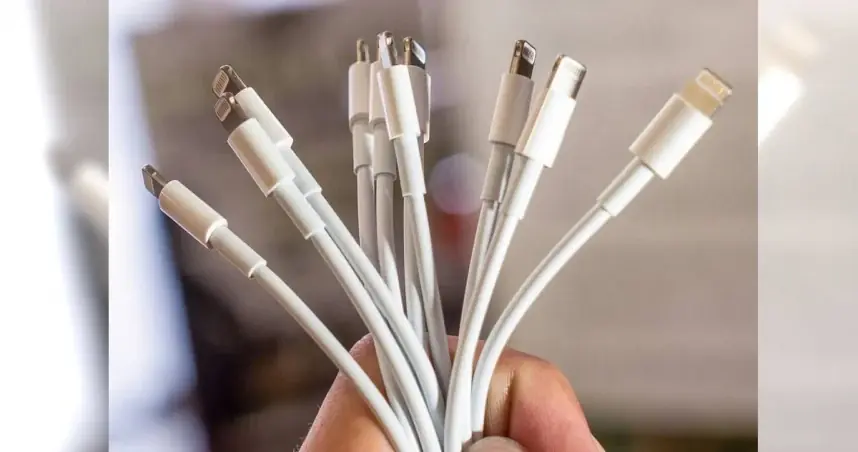
House on fire because of throwing phone charger on bed and leaving

101-year-old Japanese writer reveals the secret to good health and extraordinary memory
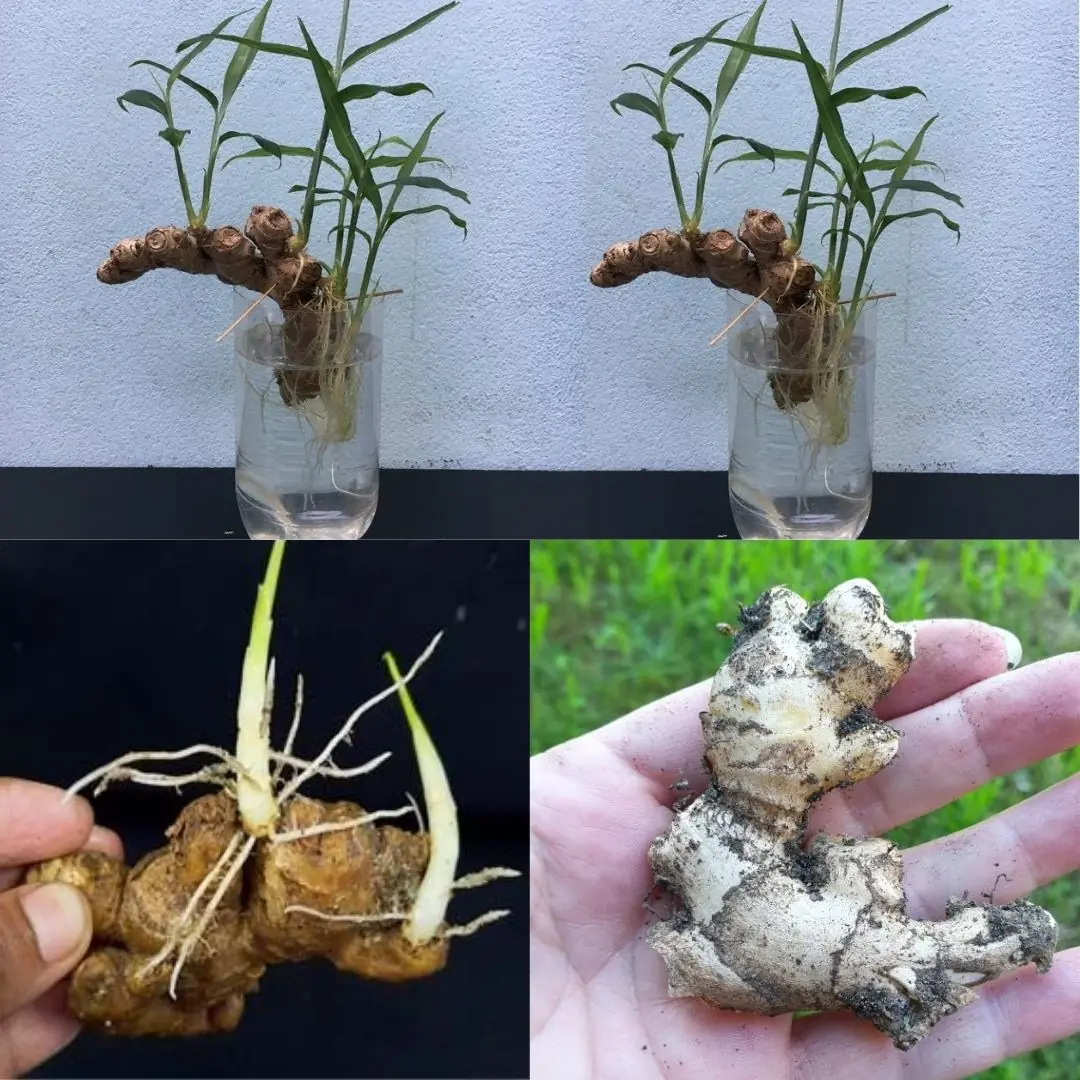
No Soil Needed: Beginner's Guide to Growing Ginger in Water
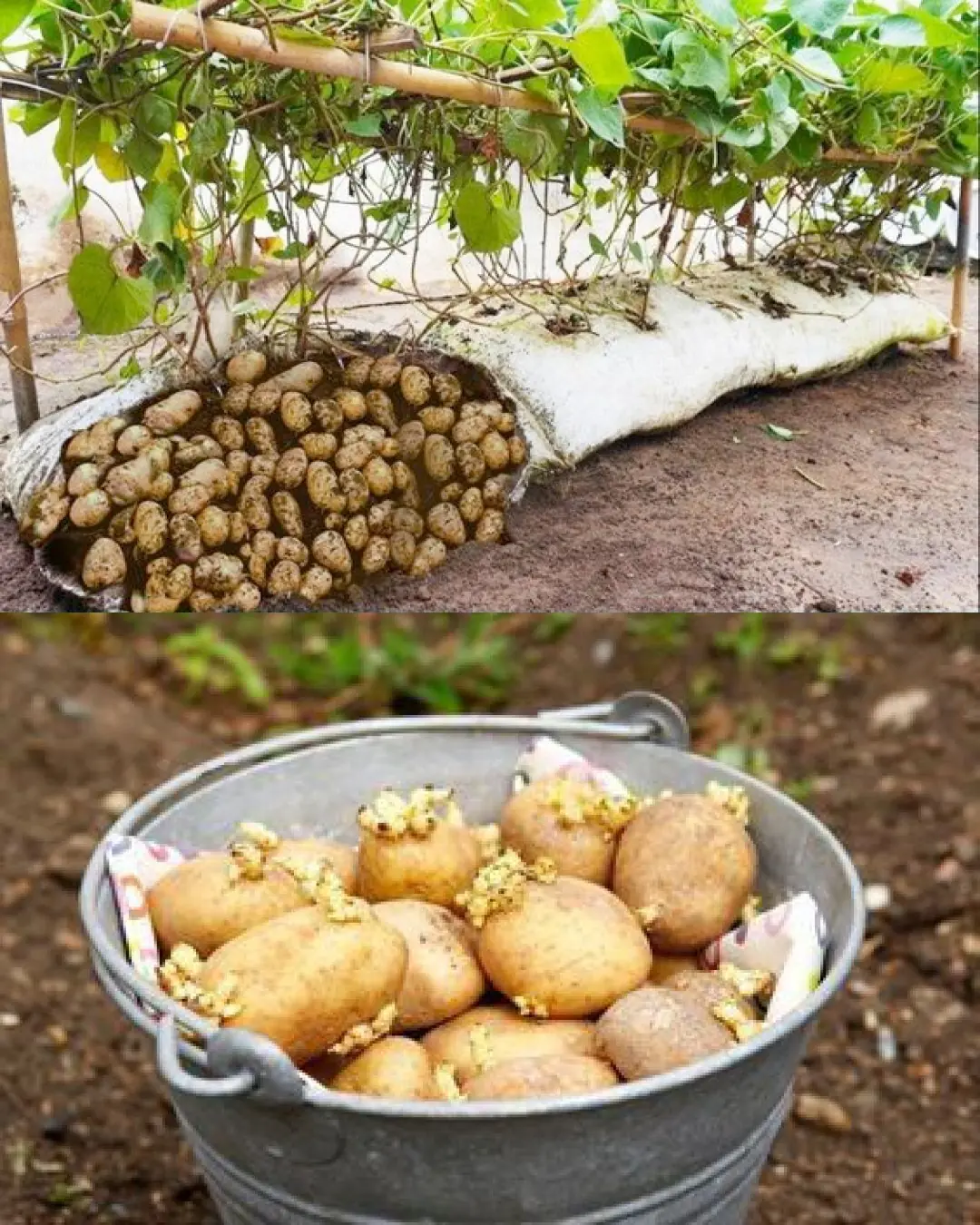
How to Grow Potatoes in Containers
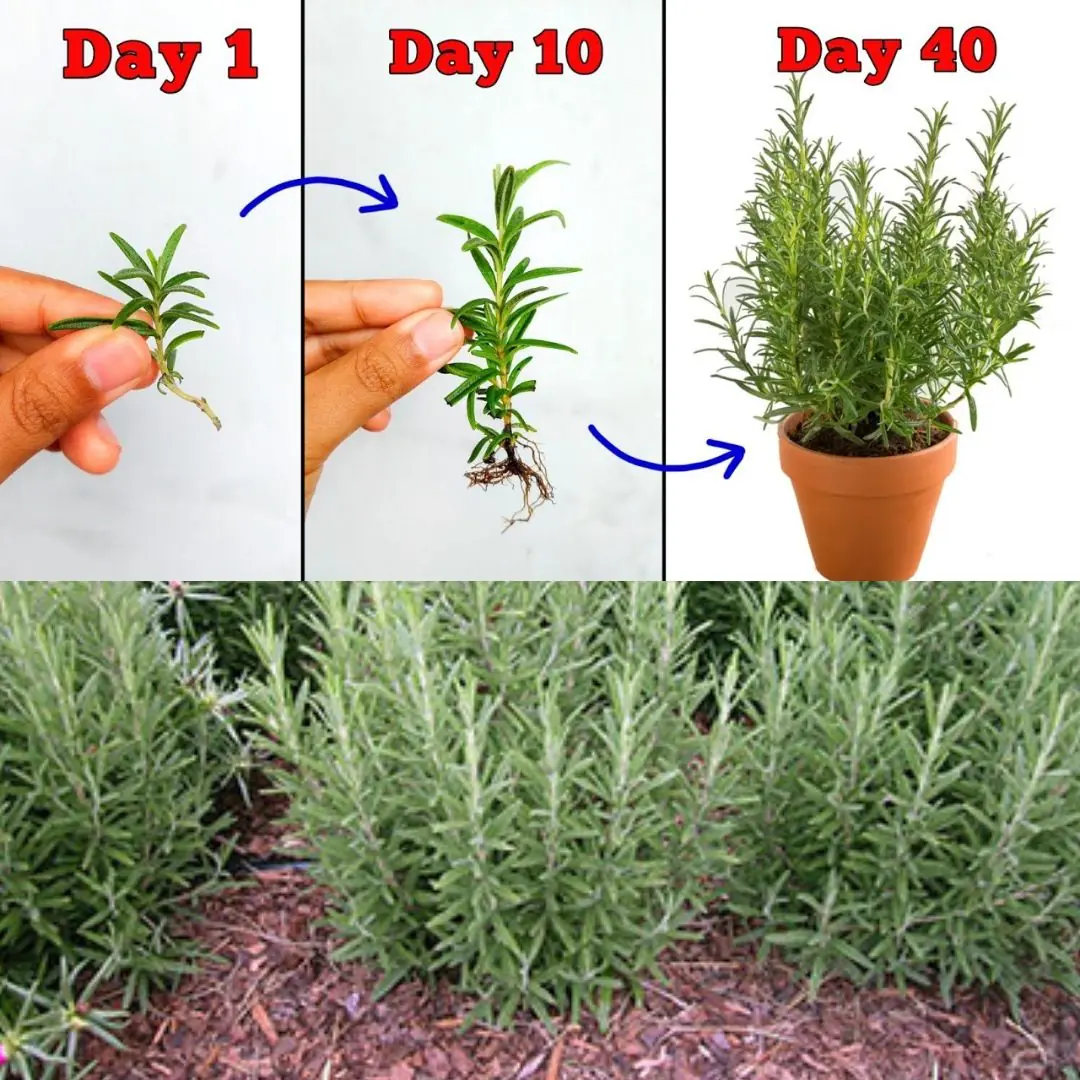
How to Propagate Rosemary in Soil or Water

The Cat
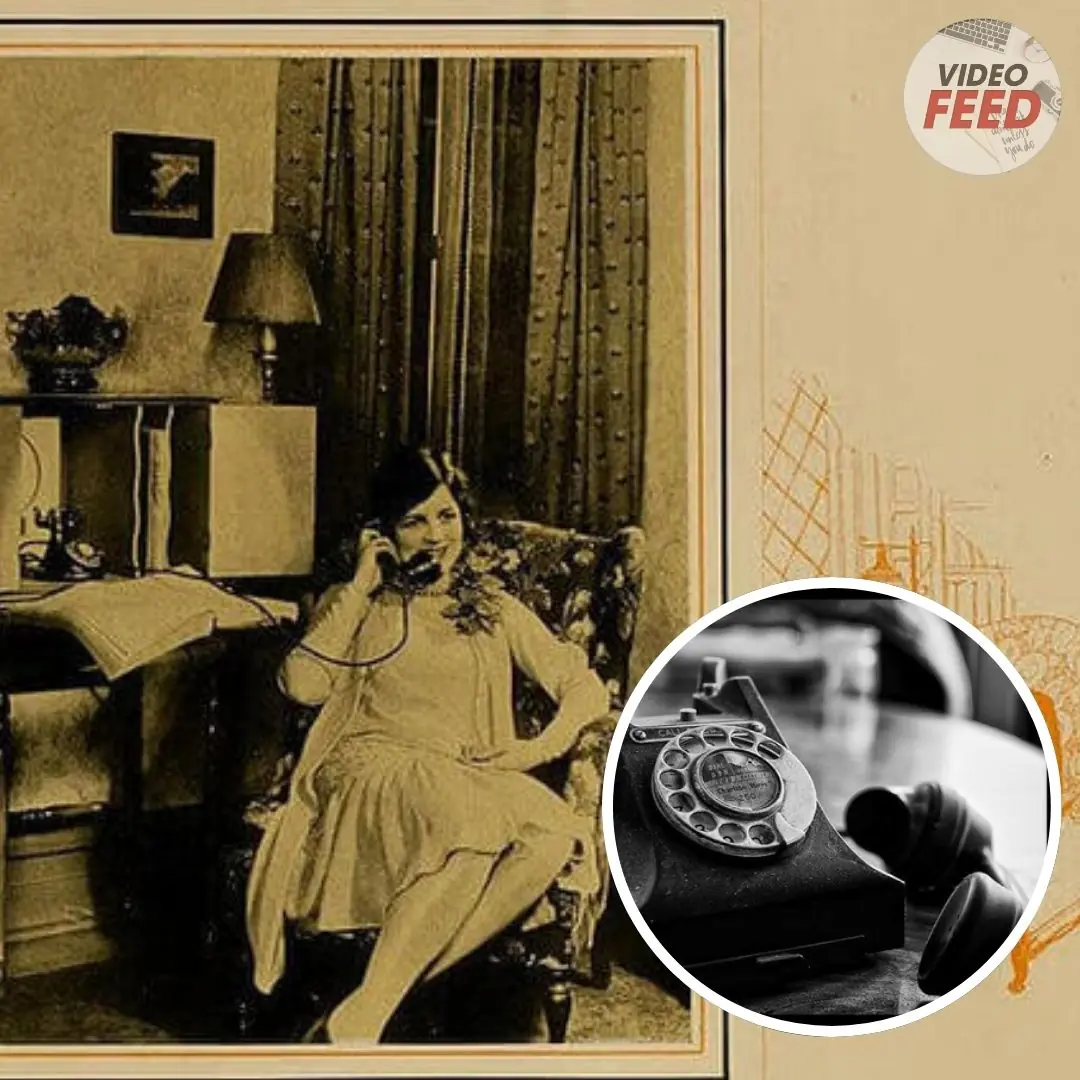
A Telephone Call
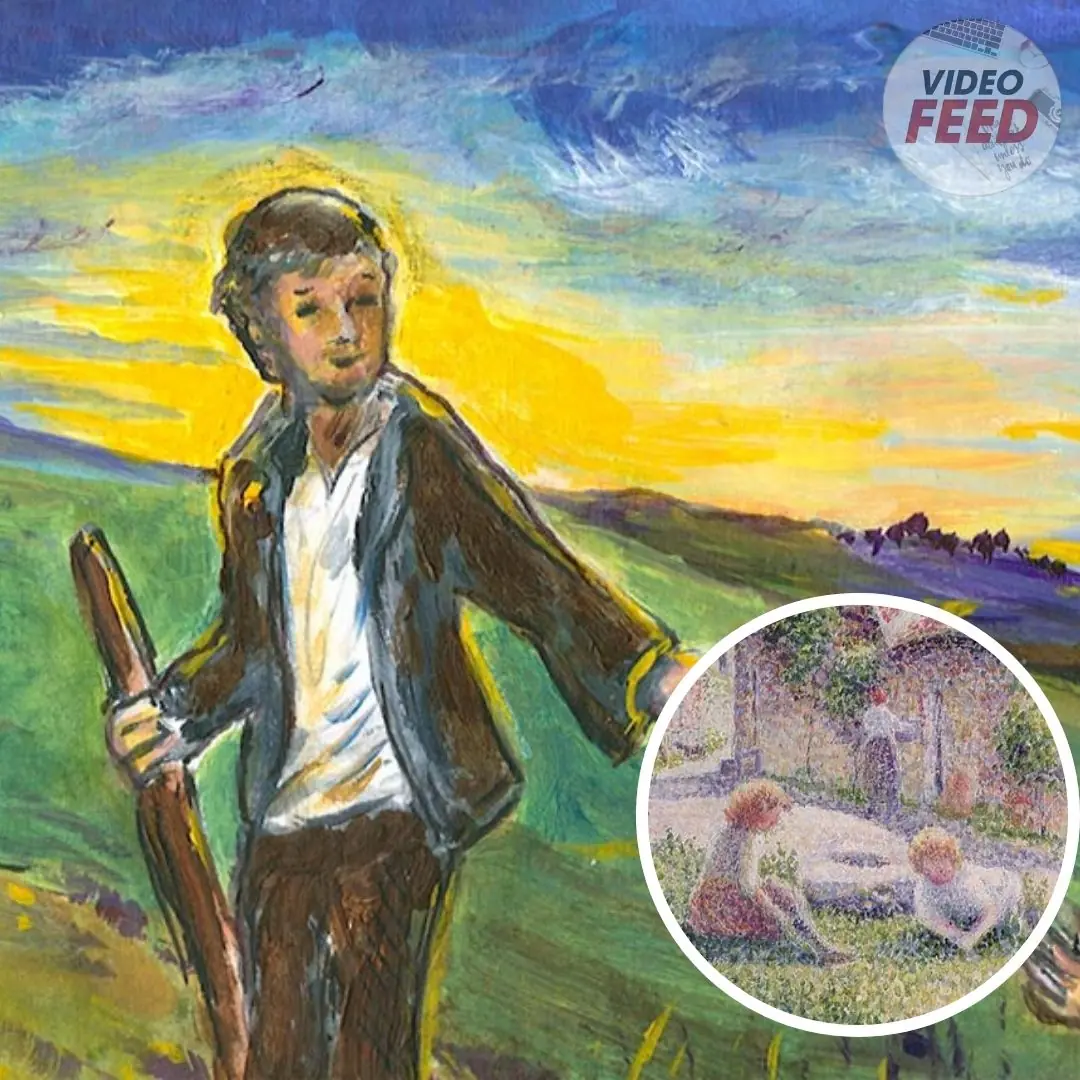
The Coming of the King
News Post
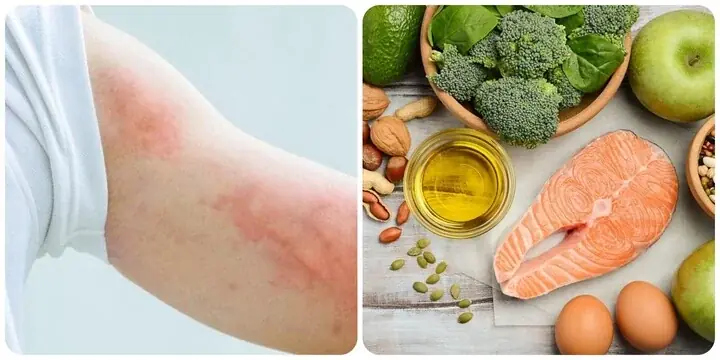
Signs of Omega-3 deficiency you should not ignore

Looking at the phone too much, the young man could not lift his head.
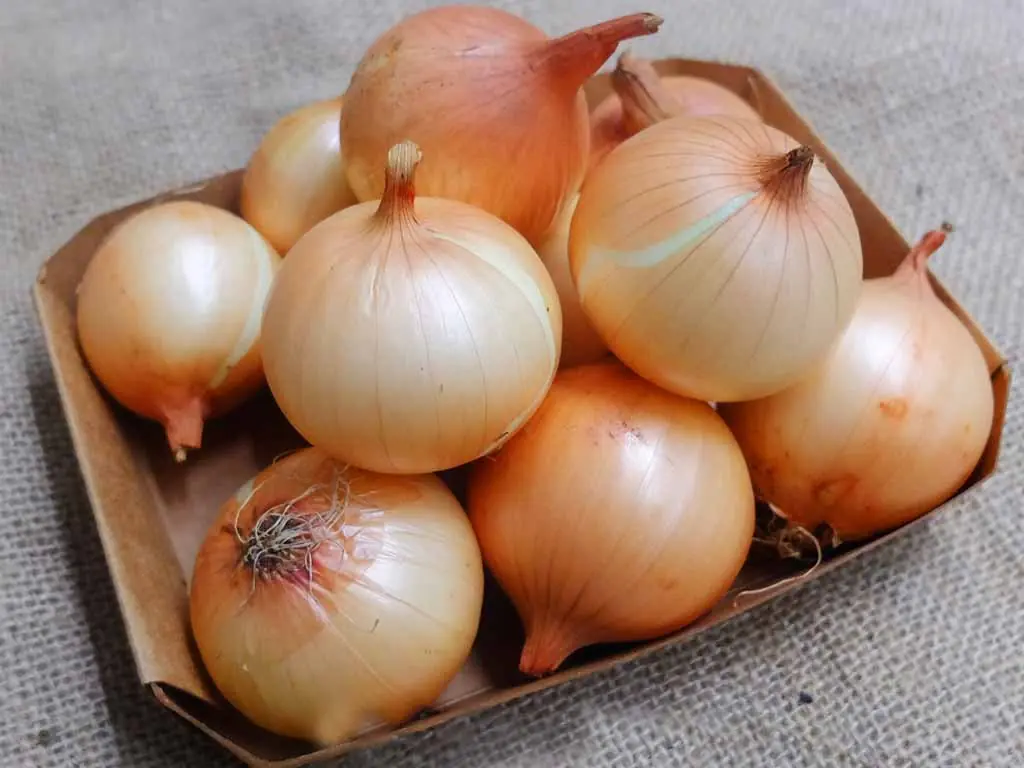
How to properly preserve onions
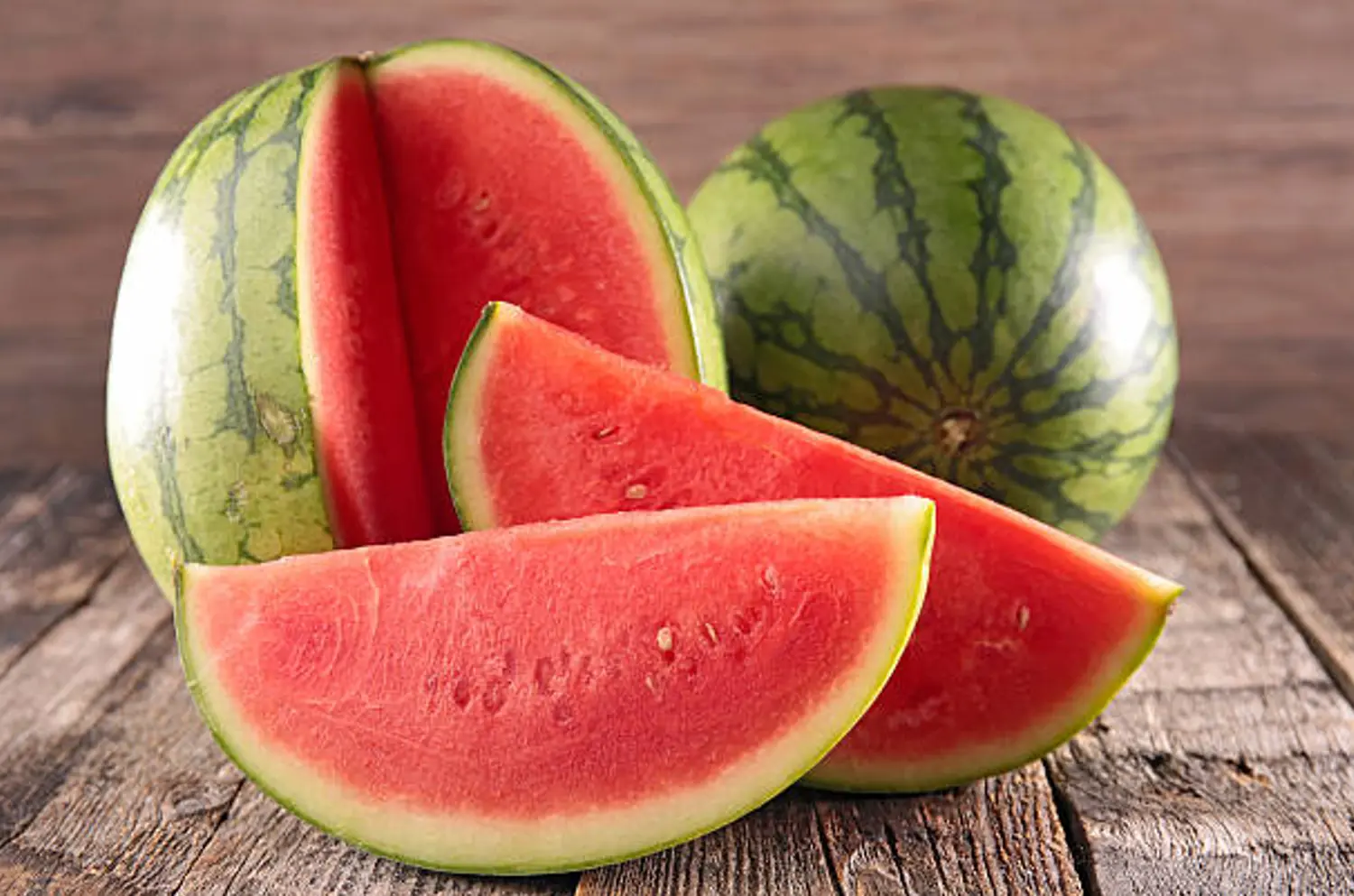
These 5 groups of people shouldn’t eat watermelon

DIY Garden Sprinkler: Easy and Affordable Watering Solution Using Plastic Bottles
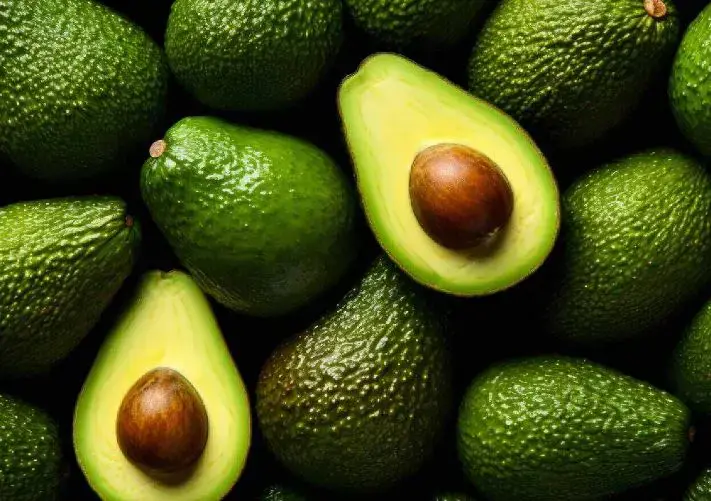
Tips to keep ripe avocados fresh longer
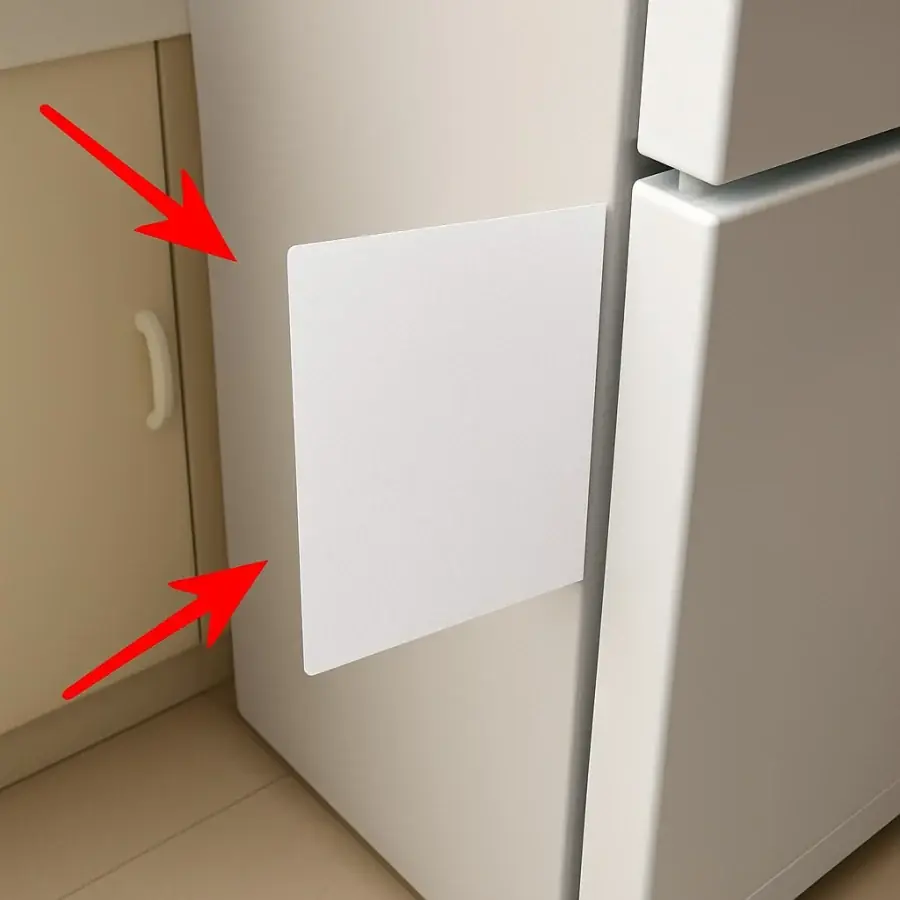
Tips to help you save on your electricity bill

What is strange?

A Christmas Dream, and How It Came to Be True
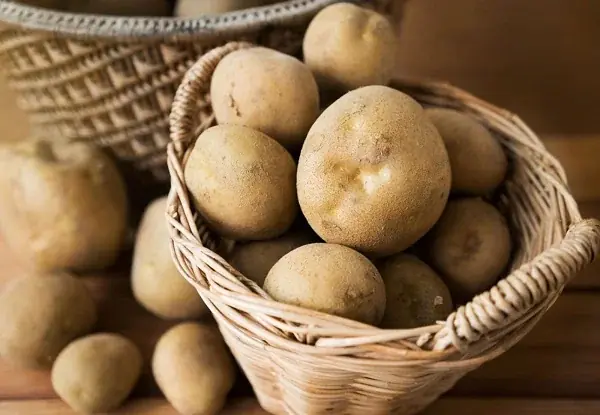
The amazing health benefits of potatoes
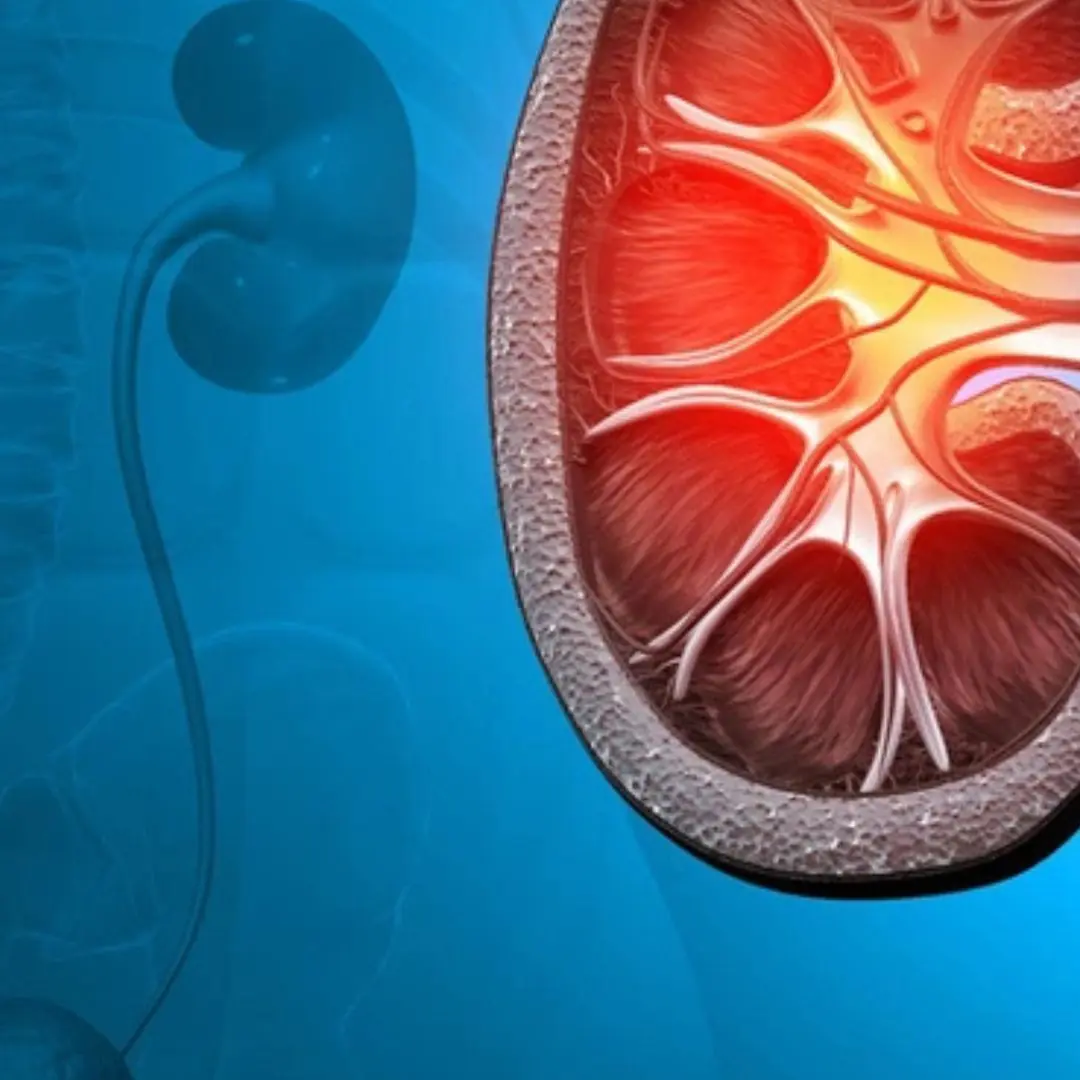
Can one kidney survive? Detailed answers from experts

Pay attention to these signs of your husband

Learn How To Grow Cucumbers This Summer

13 Best Tips for Planting and Growing Great Tomatoes

The Storyteller
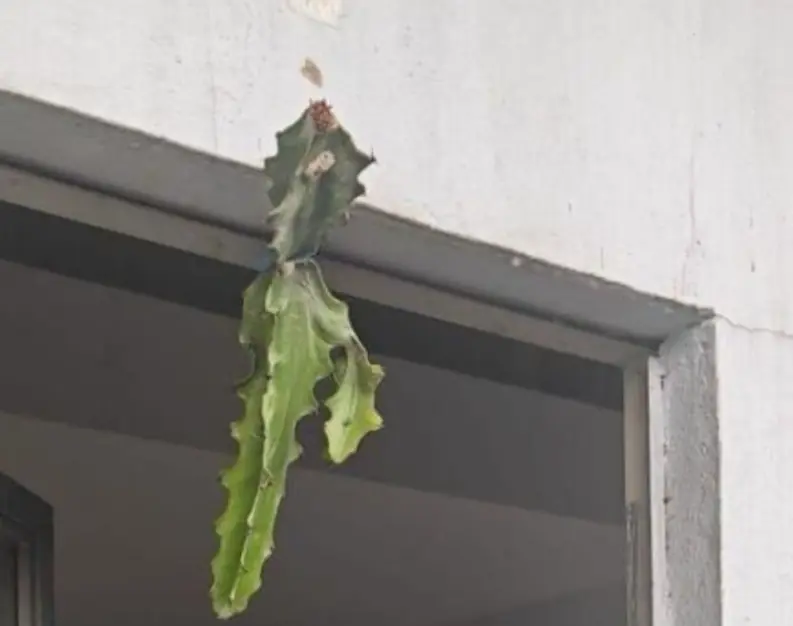
You should consider carefully

The Open Window

Christmas Jenny
